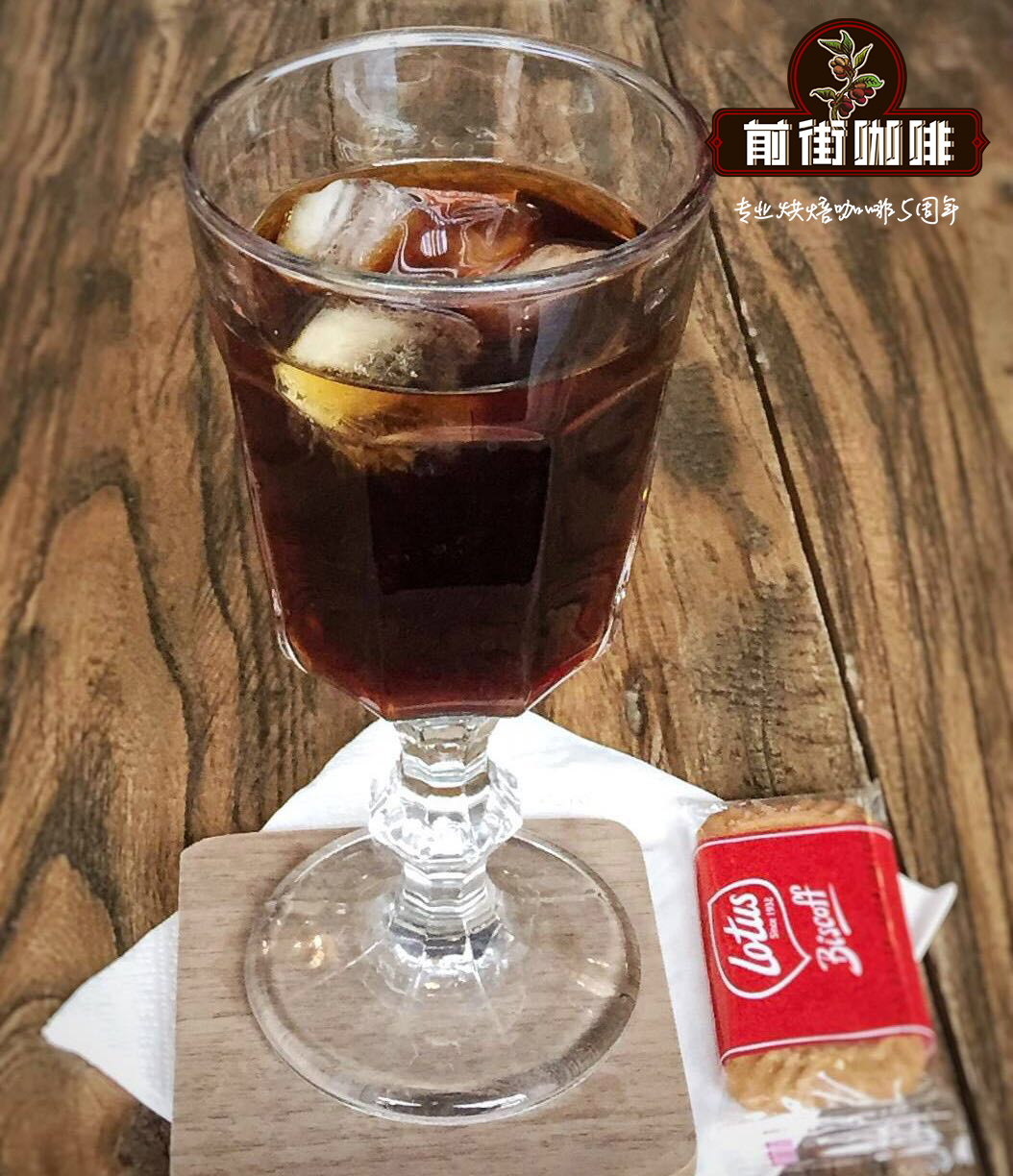Special topic on Coffee in India | Flavor characteristics and varieties of Indian style-stained Malaba
Professional coffee knowledge exchange more coffee bean information please follow the coffee workshop (Wechat official account cafe_style)
[monsoon Maraba] India Monsooned Malabar
Country: southern India
Producing area: the coast of Malaba in southern India
Altitude: 1100-1200 m
Variety: Kents,S795,Catimor,selection 9
Treatment method: wind stain and sun treatment method

Planting variety
Kent:
A hybrid of Tibika, S288 and Typica, found in the Kent Cafe Garden in Mysore, India in 1911, has high yield and resistance to rust. But did not get good results in the cup test. The aroma of coffee is thicker than bourbon.
S795
Jember, an Indian botanist, in turn used the first generation of S288 and iron pickup hybrid Kent,Kent and the second generation of S288 to form what is now S795. 1955 the Indonesian Coffee and Cocoa Institute (ICCRI) named Jember is widely grown in India and Indonesia, Yemen and Ethiopia. There was some resistance to coffee leaf rust, but the resistance decreased with time. The flavor is close to Arabica and has a wild flavor.
Catimor
In 1959, the Portuguese mixed Brazilian Kaddura with Timo and bred the second generation of Cartimo, which has strong disease resistance and yield capacity. But the flavor is also poor, and it is an important variety of commercial beans at present. In recent years, botanists from all over the world have turned to the interaction between Arabica and Katimodo in an attempt to reduce the pedigree of Luodou in order to improve the bad reviews of the Katimo Cup.
Indian style-stained Malabar coffee beans, although the beans are fat, they are soft beans that are strong and dry. Because the coffee beans have been exposed to the moist monsoon for a long time, the acidity of the coffee itself has been greatly reduced and the taste is very special. Rich aromas of caramel, raisins and herbs, with a raspberry finish and a taste of black rice tea.
Important Notice :
前街咖啡 FrontStreet Coffee has moved to new addredd:
FrontStreet Coffee Address: 315,Donghua East Road,GuangZhou
Tel:020 38364473
- Prev

What is the coffee industry in India? What are the problems behind India's coffee industry?
Professional coffee knowledge exchange More coffee bean information Please pay attention to coffee workshop (Weixin Official Accounts cafe_style) Coffee has long been regarded as a legend in India. Today, local coffee farmers are committed to better flavor and yield. CHIKMAGALUR, INDIA Jacob Mammen holds coffee beans that look processed. Naked grey
- Next

Special topic on Indian Coffee | report on the brewing of Indian style-stained Malaba
Professional coffee knowledge exchange more coffee bean information please follow the coffee workshop (Wechat official account cafe_style) [monsoon stains Malaba] India Monsooned Malabar country: southern India: Malaba coast in southern India altitude: 1100-1200 m varieties: Kents,S795,Catimor,selection 9 treatment method: wind stains sun treatment method push
Related
- Detailed explanation of Jadeite planting Land in Panamanian Jadeite Manor introduction to the grading system of Jadeite competitive bidding, Red bid, Green bid and Rose Summer
- Story of Coffee planting in Brenka region of Costa Rica Stonehenge Manor anaerobic heavy honey treatment of flavor mouth
- What's on the barrel of Blue Mountain Coffee beans?
- Can American coffee also pull flowers? How to use hot American style to pull out a good-looking pattern?
- Can you make a cold extract with coffee beans? What is the right proportion for cold-extracted coffee formula?
- Indonesian PWN Gold Mandrine Coffee Origin Features Flavor How to Chong? Mandolin coffee is American.
- A brief introduction to the flavor characteristics of Brazilian yellow bourbon coffee beans
- What is the effect of different water quality on the flavor of cold-extracted coffee? What kind of water is best for brewing coffee?
- Why do you think of Rose Summer whenever you mention Panamanian coffee?
- Introduction to the characteristics of authentic blue mountain coffee bean producing areas? What is the CIB Coffee Authority in Jamaica?

